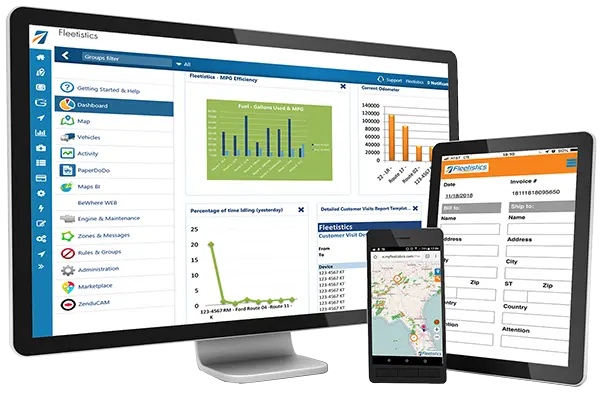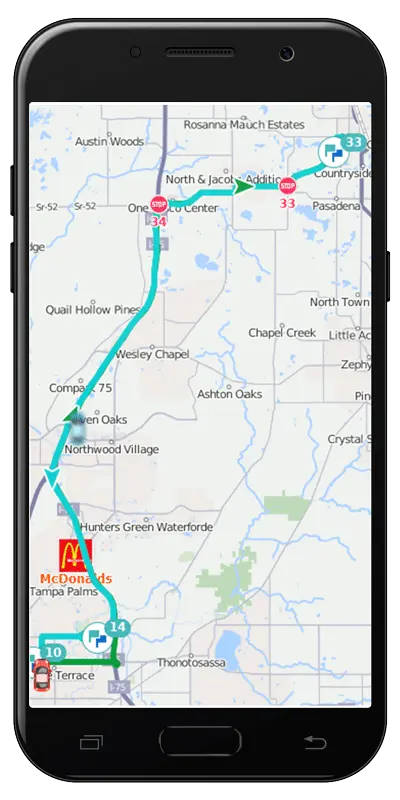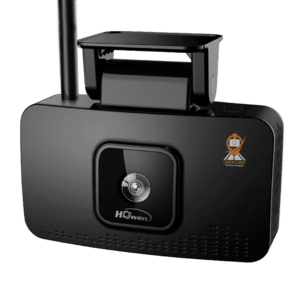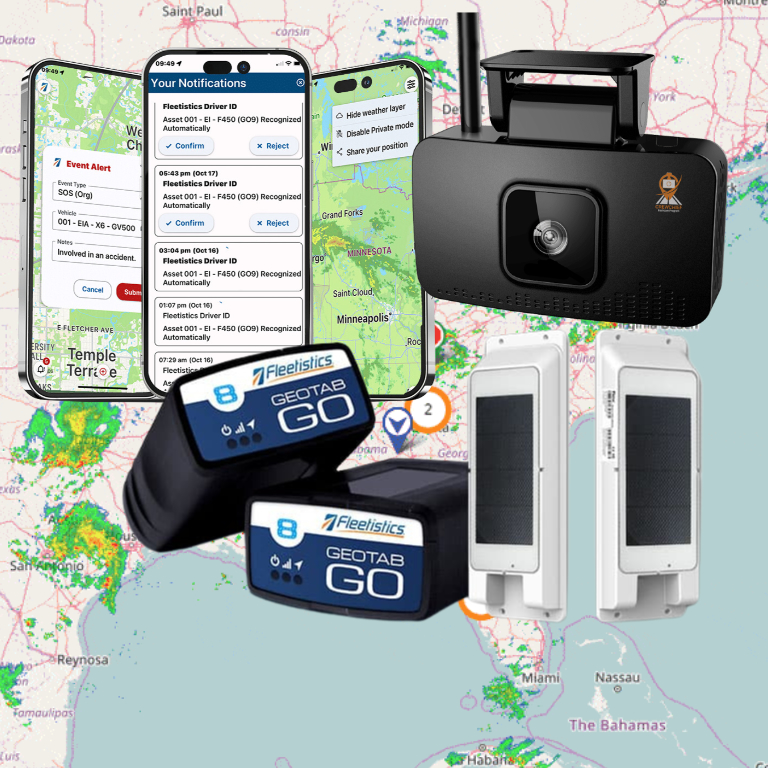Beyond GPS
When it comes to fleet management, GPS tracking is the first and sometimes only thing many people within government agencies think can be provided. However, more can be provided and at great depth such as telematics, fuel economy, driver coaching and more.
This is optimized and reliable data that can be utilized to improve safety, savings, service and effectiveness. It provides government agency fleet managers the knowledge and the right technology to protect their drivers and employees by making data-driven decisions.
Manage Government Agency Fleet Utilization for Best Investment
First off, a fleet manager must prepare to implement a GPS Tracking and Telematics system and testing one to find the right fit for an agency can feel overwhelming. However, there are options to protect an investment in vehicles and assets, whether those be a new fleet of electric cars or even heavy-duty construction equipment.
Fleetistics offers a pilot program: a short-term test to confirm what has been presented to small fleets or fleets with fewer needs. But there is also our SEP, or Solution Evaluation Process, and is attractive and beneficial for large fleets with complex GPS Tracking and Telematics requirements.
Either one of these evaluation processes, can easily provide fleet managers and government agencies the necessary information and data to make the right managerial decisions that will provide more return on their fleet investment.
5 Ways Telematics Improves A Government Agency Fleet
Promoting Safer Driving Behavior With Coaching
When it comes to fleet management in a government agency, driver safety will be of the utmost importance. That, of course, translates to the safety of those on the same roadways as the drivers.
It is important to be able to access data that will allow fleet managers to coach drivers to improve driving behaviors, such as avoiding reckless operation or excessive speed. Fleetistics can provide your agency with digital Driver Safety Scorecards, which focus on three primary elements of unsafe driving: aggressive driving, seat belt usage and speeding.
This data can then be utilized to coach better driving behaviors from drivers in your fleet. That way your government agency fleet can avoid more far-reaching financial and psychological effects on employees, their co-workers, family, and supervisors, as well as the community at large. It is far more practical to coach a driver to exhibit safe driving habits than it is to go through the process of recruiting, hiring and training new drivers with no track record. Understanding how to introduce GPS tracking to drivers will improve the overall result.
Reduce Fuel and Maintenance Spending
With any operational government agency fleet, fuel and maintenance is a significant expenditure. It factors into the total cost of ownership, rolling cost per mile, unplanned downtime and the overall fleet budget.
With an integrated fleet fuel management system, government agencies can monitor fuel usage and gain useful data to make more economical decisions. While there are many factors that determine this data, idling in traffic, excessive speeding and harsh braking, and even weather that affects use of the internal heating and cooling systems, fleet managers will at least have data to proactively make adjustments to reduce fuel expenditures.
Additionally, government agency fleets can program advanced engine diagnostic alerts. These can be based on hours, calendar days, or miles driven. At Fleetistics, our Enterprise Class Fleet Maintenance Software, reduces unscheduled downtime for vehicles and assets, that way your government fleet can stay optimized for the best usage at all times.
Optimize Disaster Preparedness and Response
Fleet managers are now using GPS Tracking and Telematics systems to be more proactive in preparing for natural disasters such as hurricanes and flooding. Government agencies can take advantage of having a reliable, integrated system to be an invaluable tool for disaster preparedness and response. From vehicle and equipment locations to current fuel levels, a tracking and telematics system will provide the tools necessary to prep for the before, during and aftermath of a disaster.
Communications to Municipal Services in the Community
Beyond that, government agency fleets can be more visible, transparent and reliable by providing their community with real-time, up-to-the-minute locations and information about its fleets and services. By also using a citizen help network, such as Pubsafe, citizens can easily see location and/or response times during emergencies, power outages or critical weather events. Fleet management solutions allow managers to display the location data for an entire fleet in popular third-party outage management applications, and display problem locations on their internal tracking maps.
The bottom line is that an integrated telematics system that includes GPS tracking is so much more than dots on a map or vehicle tracking, especially for a government agency.
With access to critical information such as fuel usage and driver behavior data like speeding and idling, agencies can quickly identify cost-saving opportunities, drive-behavior-coaching modifications and implement proactive-maintenance plans. In the end, it helps your government agency become the invaluable service to the taxpayers expect it to be.
To learn more about getting your government agency fleet started with a telematics system, contact Fleetistics today!














